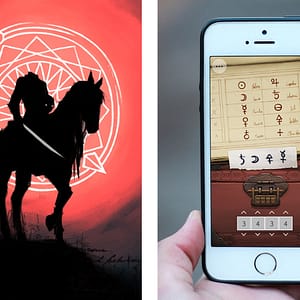Read this in — English, Deutsch, Svenska
This tour is not available in Suomi

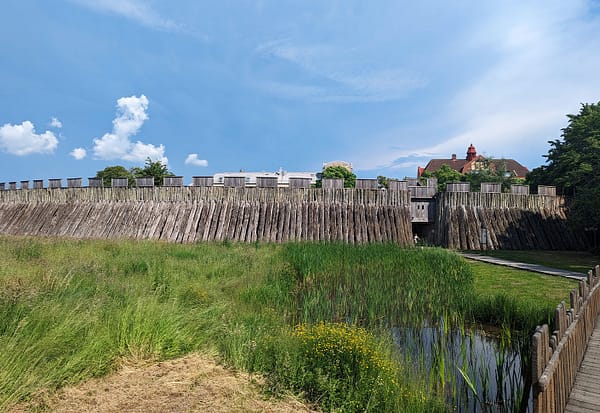
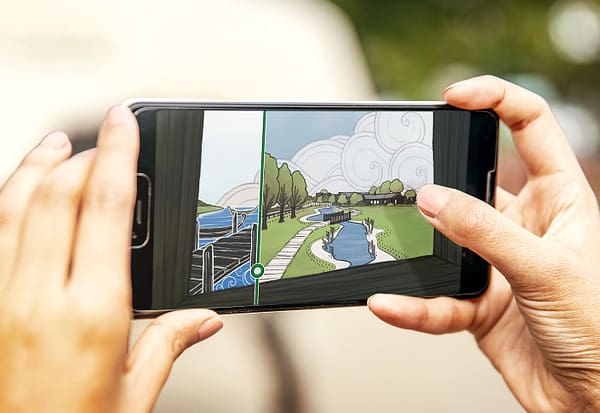
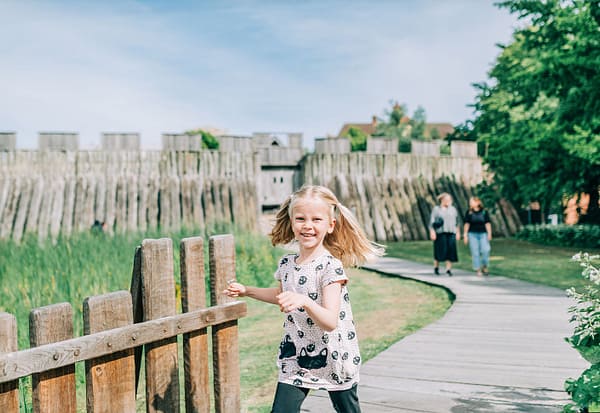

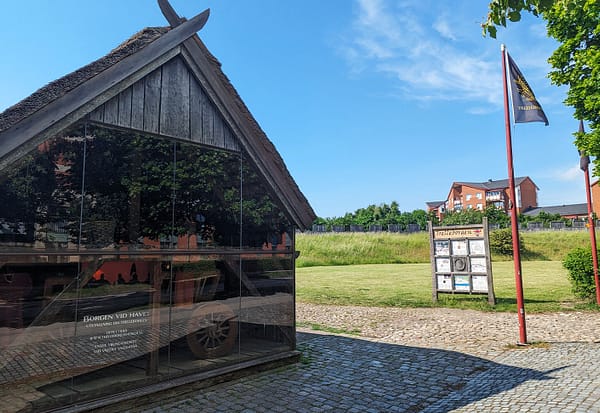
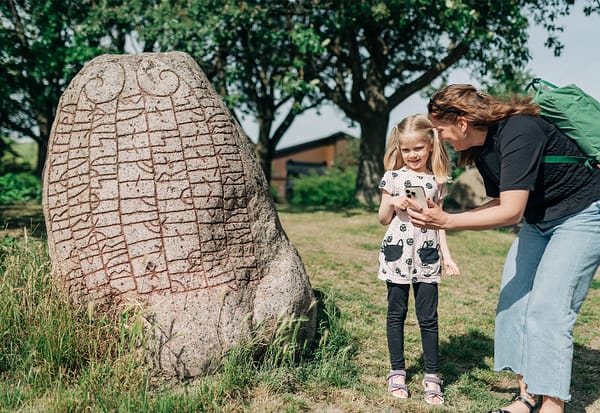

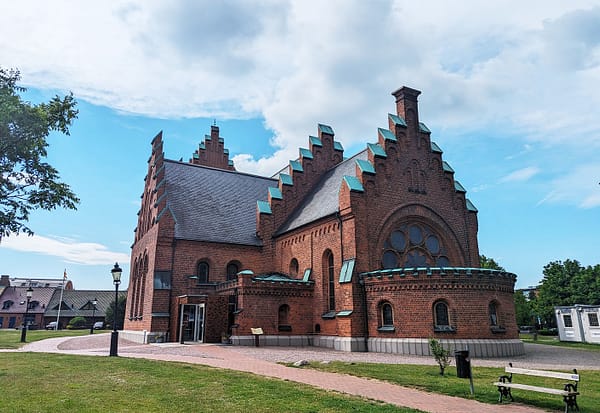

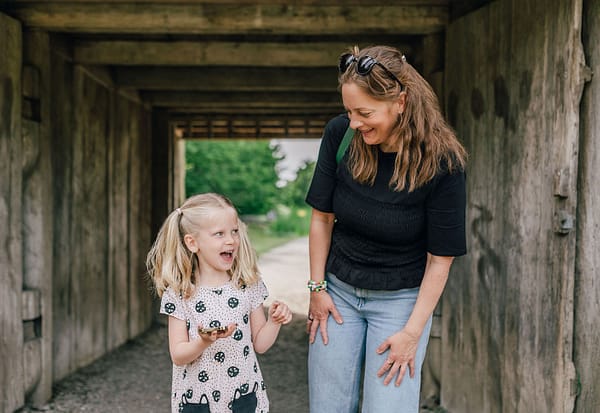
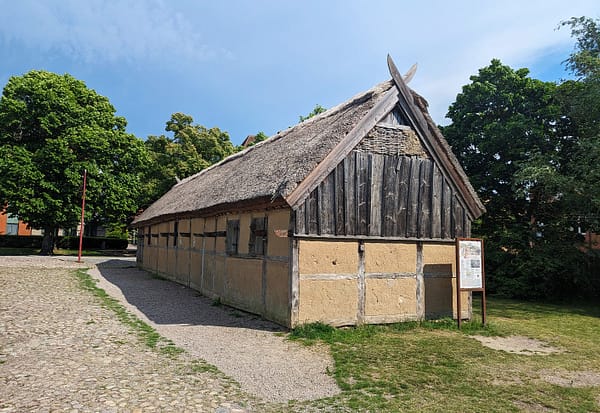




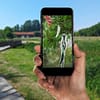


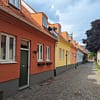

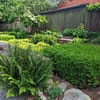


This is a modern day runestone. Runestones were often erected in memory of loved ones in the Viking age. It was also common to etch runes with everyday messages into pieces of wood.
In Scandinavian history and folklore, trees have always been important. Farms and homes often had a special tree in a central location, protecting the home and bringing good fortune.
The Trelleborgen fortress you see today was built in 1995 and is the only reconstructed Viking Age fortress in the world. It represents one fourth of the original 10th century fortress.
It was here in the Katten city block that the first findings of the Trelleborgen fortress moat were made. The paved line across the road represents the original placement of the fortress.
The Franciscan monastery and its garden was built here in the mid-1200s. It was abandoned when the greyfriar monks were expelled during the reformation of the 1500s.
Throughout the Middle Ages and up until modern day, Gamla torget square was the centre of Trelleborg. It was used as a marketplace, and today you can find a Viking Age memorial here.
The medieval version of the St. Nicolai church was probably built in the late 1200s. The current church was constructed in 1883, but the church tower dates back to 1617.
This is the Trelleborg Maritime Museum. The office of the sugar factory used to be in this building, while the sugar factory itself was located where the Viking Museum is today.
The Trelleborgen fortress made it possible to keep control of travelers and their goods. The modern road you see going north is in the same location as where the Viking Age road was.
This is the Trelleborg Viking Museum. Its exhibits tell the story of the Trelleborgen fortress and showcase archeological excavations. You also get an insight into Viking Age life.

